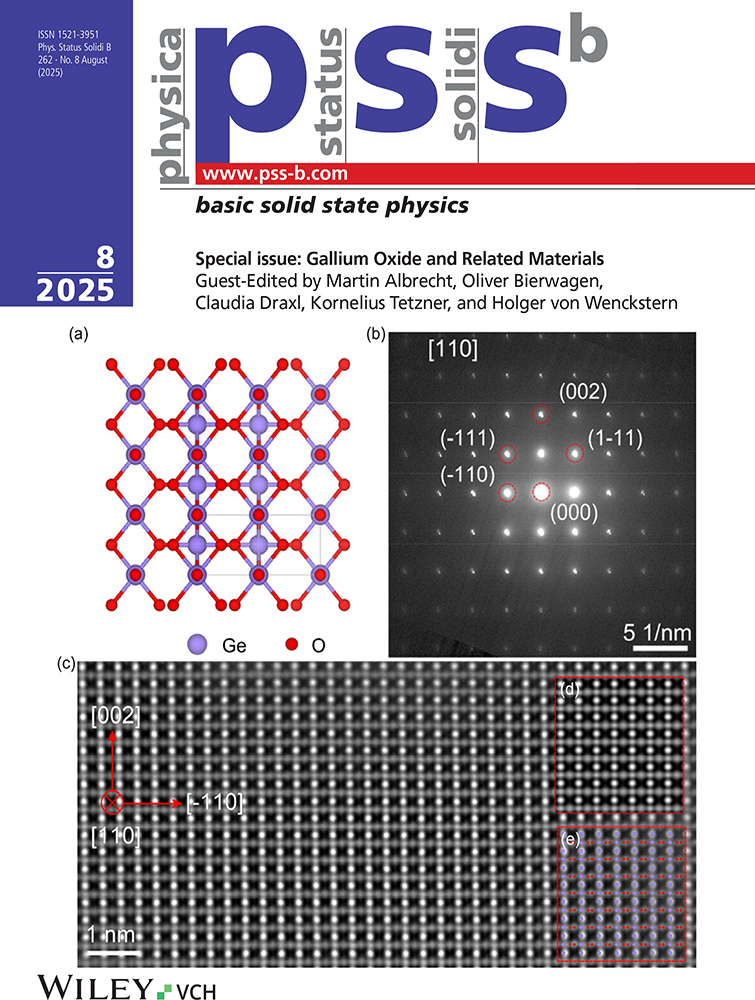Inhomogeneous surface electronic properties and charge ordering in epitaxial Fe3O4 films on MgO(001)
Abstract
We report scanning tunneling microscopy (STM) study of surface electronic properties and charge ordering of epitaxially grown magnetite, Fe3O4, (001) films exhibiting high density of antiphase domain boundaries (APBs). STM measurements using a W tip reveal surface termination at B-sites. Fe ions with a 0.3 nm periodicity, i.e., a single atomic distance are observed. Current imaging tunneling spectroscopy reveals the alternation of two kinds of current peaks with a 0.6 nm periodicty indicating the presence of charge ordering consisted of Fe dimers with different charge states. STM measurements using a magnetic Ni tip provide higher contrast of the charge ordering. The APBs can modify the charge ordering as ordered and disordered areas are observed on adjacent domains separated by an APB. These strongly indicate that APBs can induce inhomogeneous properties on the surface of Fe3O4(001) films. (© 2007 WILEY-VCH Verlag GmbH & Co. KGaA, Weinheim)




